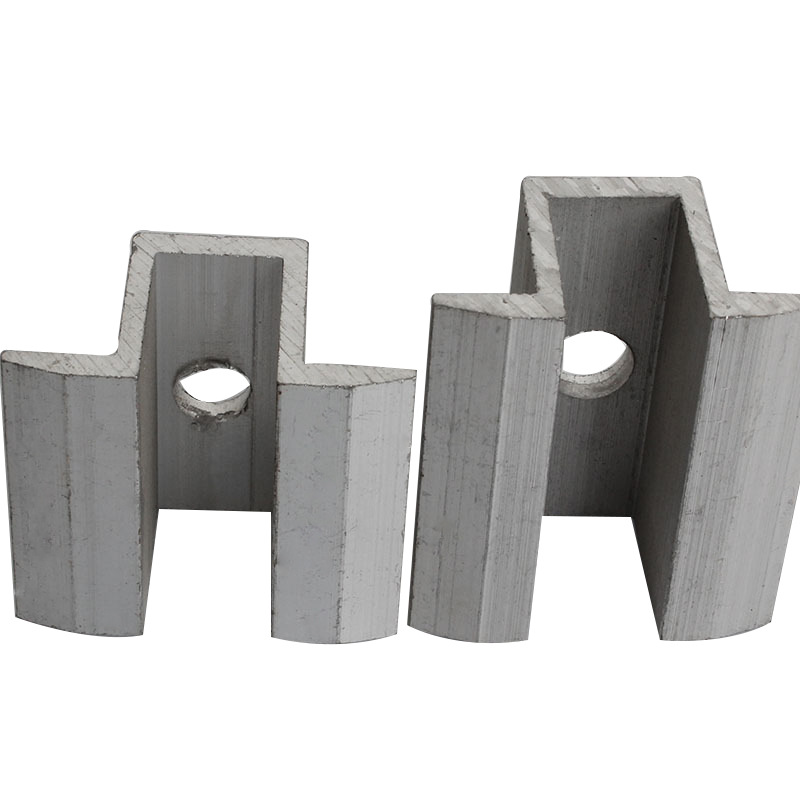

Understanding Stud Bolts and Their Applications in Various Industries
Okt . 05, 2024 17:39 Back to list
Understanding Stud Bolts and Their Applications in Various Industries
Understanding Stud Bolts The Unsung Heroes of Fastening Solutions
When it comes to securing structural components, stud bolts are often overlooked despite their critical role in construction and manufacturing. A stud bolt is essentially a cylindrical rod with threads on both ends, designed to be screwed into two different parts. This simple yet effective design makes stud bolts indispensable in various applications, from machinery assembly to heavy construction projects.
Stud bolts are typically used in high-pressure and high-temperature environments, making them a popular choice in industries such as oil and gas, power generation, and shipbuilding. Their ability to withstand extreme conditions while providing tight, secure connections is a testament to their engineering prowess. Unlike standard bolts, which have a head on one end, stud bolts can be inserted into a pre-tapped hole, allowing for a more uniform load distribution. This feature makes them ideal for critical applications where reliability is paramount.
One of the key advantages of stud bolts is their versatility
. They can be used with a wide range of nuts, washers, and other fastening elements, allowing engineers to tailor their solutions to specific needs. This adaptability is essential in projects where different materials and stress factors come into play. Additionally, stud bolts can be manufactured in various materials, including stainless steel, carbon steel, and alloy steel, ensuring that they meet the specific corrosion resistance and strength requirements of each application.stud bolt

The installation of stud bolts typically involves an initial insertion into a tapped hole, followed by the application of nuts on both ends. Depending on the requirements of the application, the nuts can be tightened using various methods, including torque wrenches or hydraulic tools, to achieve the necessary clamping force. It is crucial to follow proper installation procedures, as insufficient tightening can lead to joint failure, while over-tightening can cause stress fractures in the materials being joined.
Maintenance is another critical aspect of using stud bolts. Regular inspections should be carried out to check for signs of corrosion, wear, or loosening. Given their exposure to challenging environments, taking proactive measures can significantly enhance the lifespan of both the bolts and the components they secure. If any issues are detected, replacing the stud bolts promptly is essential to ensure continued safety and functionality.
In conclusion, stud bolts may not always be the first component that comes to mind when considering fasteners, but their importance in various industries cannot be overstated. By providing reliable, strong connections in high-stress environments, stud bolts serve as unsung heroes in the world of engineering. As industries continue to evolve and demands for stronger, safer solutions grow, the role of stud bolts will undoubtedly remain vital. Emphasizing proper installation, maintenance, and material selection will help ensure that these crucial fasteners perform effectively for years to come.
Latest news
-
Hot Dip Galvanized Bolts-About LongZe|High Strength, Corrosion Resistance
NewsJul.30,2025
-
High-Strength Hot Dip Galvanized Bolts - Hebei Longze | Corrosion Resistance, Customization
NewsJul.30,2025
-
Hot Dip Galvanized Bolts-Hebei Longze|Corrosion Resistance&High Strength
NewsJul.30,2025
-
High-Strength Hot-Dip Galvanized Bolts-Hebei Longze|Corrosion Resistance&High Strength
NewsJul.30,2025
-
Hot Dip Galvanized Bolts-Hebei Longze|Corrosion Resistance&High Strength
NewsJul.30,2025
-
Hot Dip Galvanized Bolts - Hebei Longze | Corrosion Resistance, High Strength
NewsJul.30,2025

